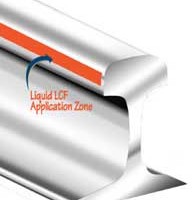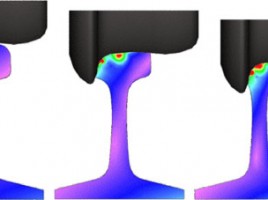
Specification and Documentation of Rail Grinding Work in Europe
By Dr. Wolfgang Schoech • July, 2007 Rail grinding practices and requirements have evolved over the years. In the past, rail grinding programs were controlled by railway personnel who were responsible for selecting the sites, choosing the number of grinding passes and determining when a program was finished. Today, grinding programs …



